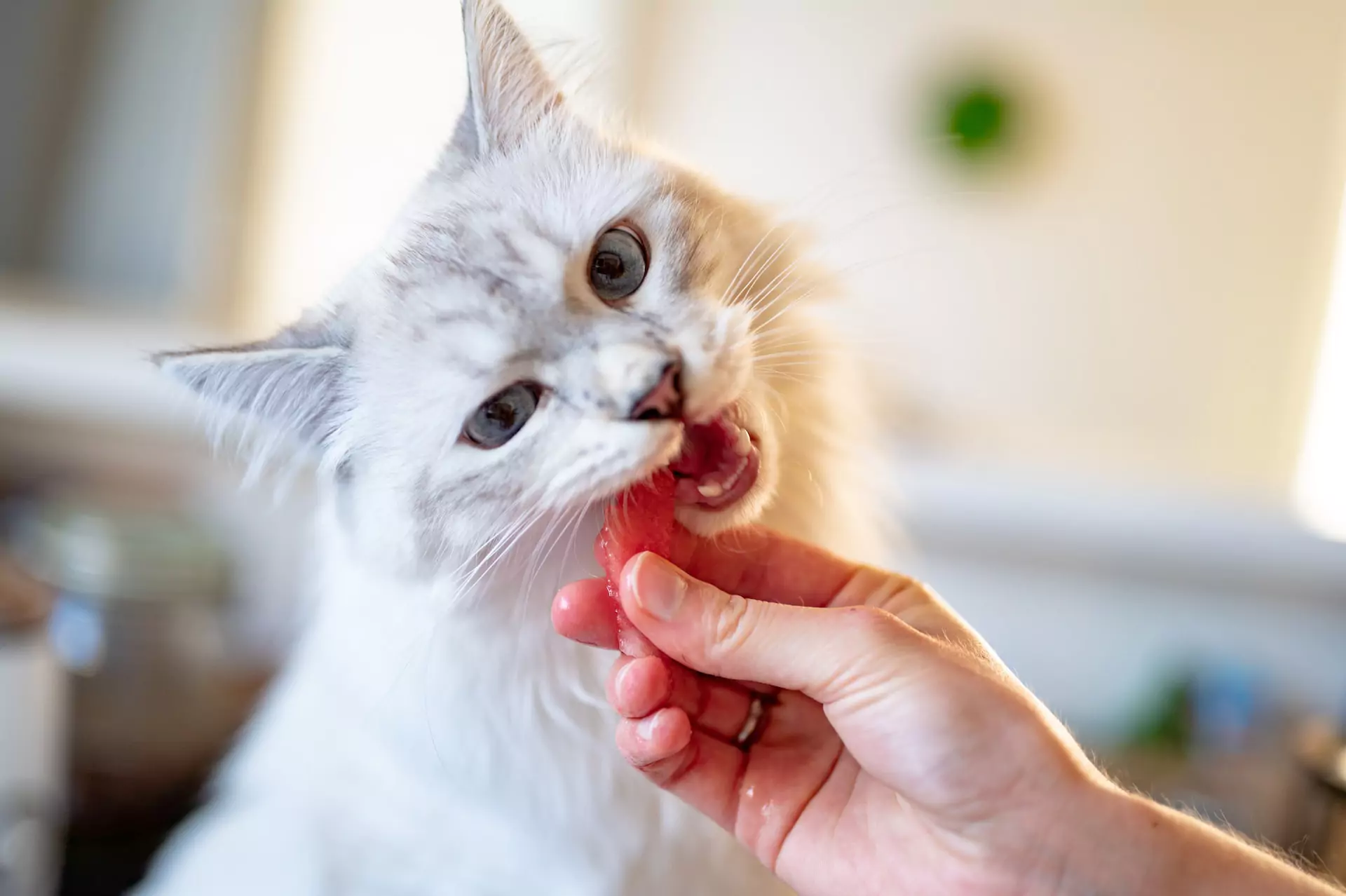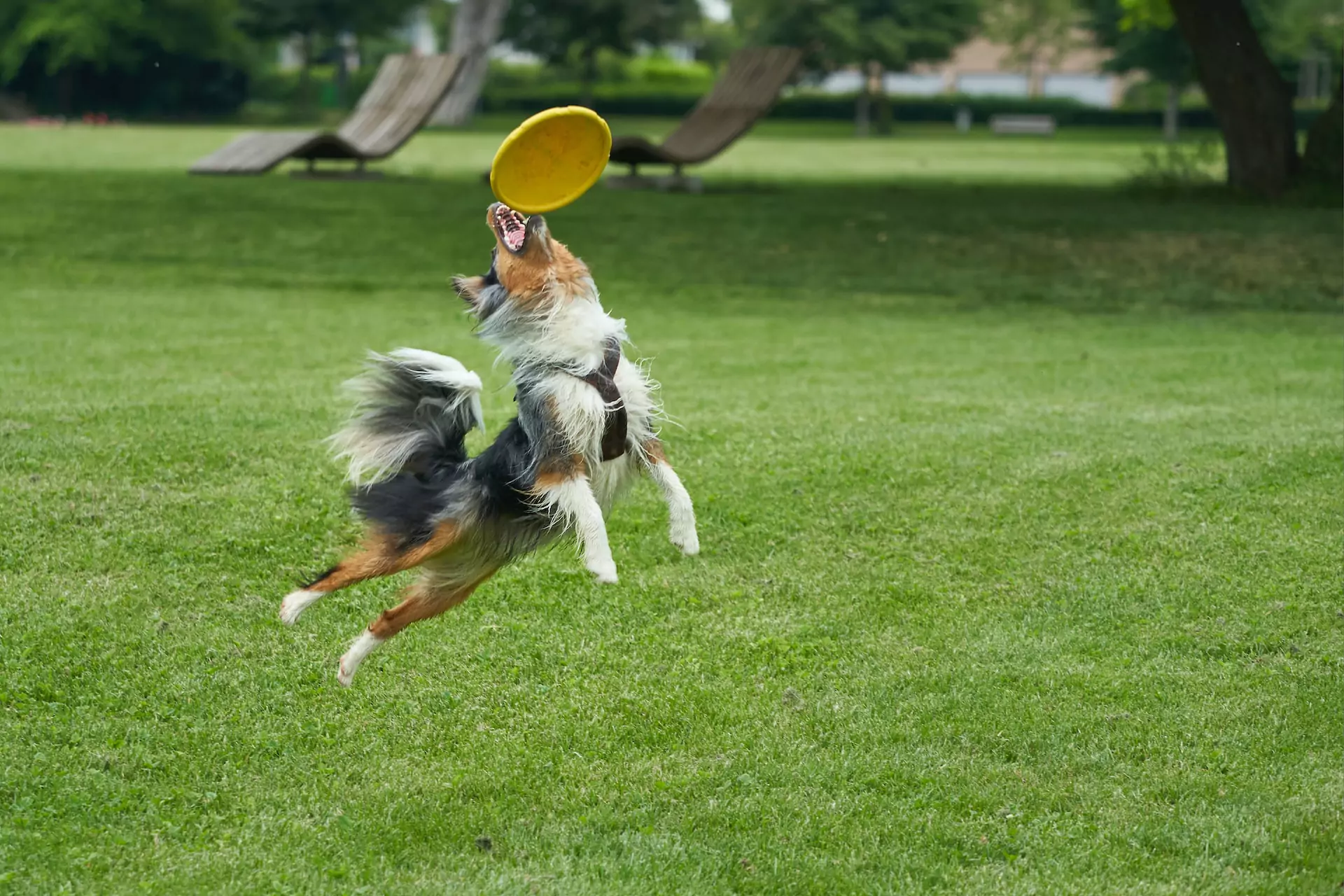Elevating Obedience for Happy Paws
In January, honor your furry companions, spotlighting breeds like the elegant Standard Poodle and robust Alaskan Malamute. Amidst the breed celebrations, acknowledge National Train Your Dog Month, Unchain a Dog Month, and Walk Your Dog Month. This blog zeros in on vital dog training, stressing the importance of basic commands for safety. Beyond the festivities, ensuring your dog grasps essential commands is crucial for their well-being and that of others. Your Brantford, ON vet provides insights into effective petucation, highlighting obedience in this informative article.
Essential Dog Commands: A Comprehensive Guide
Discovering the vast potential of canine learning, it’s fascinating to know that dogs can comprehend over 100 commands. While some commands may seem complex, the key to a well-behaved pet lies in mastering fundamental instructions. Ensure your furry companion is well-versed in these crucial commands:
- Sit
- Stay
- Come
- Heel
- Lay Down
As you lay the groundwork with these foundational commands, consider progressing to the following essential instructions:
- Down
- Leave It
- Drop It
Perfecting Dog Training: The Key to Timing Success
Elevate your dog’s training experience by honing the skill of perfect timing. Despite their short attention spans, dogs can be captivated with strategic planning. Treats, a pivotal motivator (details to follow), maintain your furry friend’s enthusiasm during training. To sidestep boredom or training aversion, steer clear of lengthy sessions and opt for concise, impactful periods lasting 10-15 minutes at home. Alternatively, break the sessions into shorter intervals. This not only sustains your dog’s focus but also fosters a positive attitude toward learning. Refine your training approach by mastering the art of perfect timing for unparalleled success and enjoyment.
Finding Canine Harmony: Treats and Affection in Effective Training
In the ongoing discussion of optimal dog training, the central question centers around the preference for treats or praise. Positive reinforcement remains the linchpin for cultivating well-mannered dogs. While treats offer a tangible reward, achieving equilibrium is vital. It’s essential not to overshadow Fido’s accomplishments with treats alone; verbal praise and affection play crucial roles. A comprehensive training strategy involves a strategic blend of treats and genuine commendations. Dogs, naturally inclined to please, flourish in the harmonious interplay of these dual motivators, creating an effective and balanced connection between owner and canine companion.
Canine Training Mastery: Crafting the Perfect Treat Symphony
Unlocking success in dog training demands a nuanced interplay of taste and moderation. Tailor treats to Fido’s preferences, ensuring moderation to steer clear of overindulgence. Whether from the store or homemade, prioritize petite portions for optimum results.
Explore DIY delights like tiny hot dog slices, shreds of chicken, turkey, or deli meat, and bite-sized kibble. Inject a touch of ingenuity by microwaving a hot dog with water in Cheerios, concocting a unique, low-calorie treat.
For targeted lessons, introduce premium treats like steak or burger bits for an extraordinary incentive. Seek vet counsel for personalized suggestions. Elevate your training sessions with treats that blend flavor and restraint, fostering a triumphant and enjoyable learning journey with your cherished canine companion.
Dog Training Excellence: The Unswerving Path of Consistency
In the intricate world of dog training, recognizing the language barrier between humans and our canine companions is key. Whether it’s a straightforward “Sit” or a more elaborate “Fido, go sit down right now,” maintaining consistent language is crucial to avoid confusion. This principle extends beyond words; unwavering consistency is essential in all facets of behavioral training. Steer clear of mixed signals, such as penalizing couch behavior one day and reprimanding it the next. Embracing an unswerving approach ensures clear communication, effectively reinforcing desired behaviors, and forging a path of excellence in your dog’s training journey.
The Fundamental Role of Positive Reinforcement in Dog Training Success
Navigating the intricacies of dog training requires thoughtful consideration of the choice between positive and negative reinforcement, impacting the well-being of our canine companions and the ultimate effectiveness of the training process. While tools like prong collars and shock collars may demonstrate effectiveness in experienced hands, they often prove counterproductive for novice trainers. Prioritizing positive reinforcement emerges as a cornerstone principle for achieving both successful and compassionate outcomes in dog training.
Dogs, driven by their emotions, swiftly form associations, highlighting the crucial need to avoid methods that instill fear or distress. Negative reinforcement, such as punishing a dog for past actions like chewing shoes, can lead to confusion and fear, hindering the learning process and straining the bond between pet and owner.
While corrective actions are warranted, it’s essential to recognize that dogs interpret reprimands differently from humans. A firm and disapproving tone during immediate corrections effectively communicates displeasure without instilling fear. Placing emphasis on positive reinforcement establishes the groundwork for a trusting and cooperative relationship, fostering sustained behavioral success. By steering away from negative reinforcement, trainers create an environment conducive to a harmonious and fulfilling connection with their canine companions, ensuring a positive and enriching training journey.
Early Training Triumph: Set Your Pup on the Path to Canine Excellence
Embark on the journey of canine excellence by initiating your pup’s training early. While very young, puppies may not grasp commands instantly, they thrive on affectionate interactions. Early training is focused on nurturing positive behavior, introducing crucial commands, and highlighting the significance of socialization. Typically starting around 8 or 9 weeks when you welcome your new puppy home, training encompasses essential aspects like housebreaking. Contrary to common belief, obedience training need not wait until after housetraining; the two can seamlessly coexist, ensuring a well-rounded development for your furry companion. Seize the opportunity for early training triumphs, laying the groundwork for a disciplined and happy canine companion.
Confronting Dog Training Dilemmas
The pace at which dogs pick up basic commands hinges on factors like age, personality, and background. Novice trainers often stumble upon common errors. If you’re grappling with training, seeking professional guidance from a Brantford, ON trainer is a prudent step, particularly for fearful or reactive dogs. While it may demand an initial investment of time and money, the enduring rewards make it a valuable decision for a harmonious relationship with your furry friend.
Effective Dog Training: Mastering the Art of Timing
Step away from the clock and synchronize your training with your dog’s daily routine for peak effectiveness. Opt for a post-exercise time slot when your pet is content and relaxed. Avoid high-energy moments, especially when your dog is fixated on chasing squirrels. Consistency is your ally; create a daily schedule to foster an environment conducive to successful and enjoyable dog training.
Fostering Success in Dog Training: Navigating Away from Common Mistakes for Optimal Learning
Embarking on the exciting journey of dog training demands a careful avoidance of common errors that could hinder your progress. Beyond the previously addressed issues of negative reinforcement and inconsistency, the repetition of commands without eliciting the desired response is a prevalent stumbling block. When faced with this challenge, it’s essential to reassess your approach, perhaps delving into additional research or seeking professional guidance to fine-tune your training methods.
Training your canine companion in a positive environment is pivotal, and attempting it while in a negative mood stands as a significant blunder. Dogs are remarkably attuned to human emotions, and a gloomy atmosphere during training can create an unfavorable association, potentially affecting your dog’s enthusiasm and cooperation. Additionally, continuous reinforcement remains crucial even after your dog has mastered a command. Providing occasional treats or positive affirmations reinforces learned behavior, deepening the positive bond between you and your furry friend.
Dog training is more than just a safety measure; it lays the foundation for good manners. Focus on one command at a time, maintain a consistently positive approach, and don’t hesitate to seek professional assistance when needed. If you have any questions about training your pet, feel free to reach out to us, Fairview Drive Pet Hospital in Brantford, ON, at your convenience.




